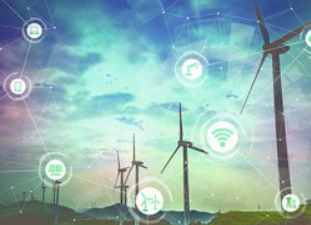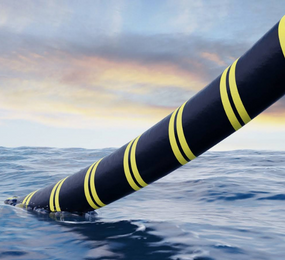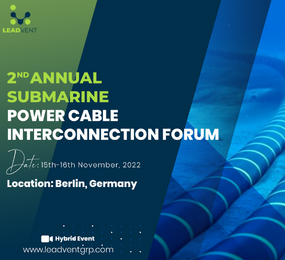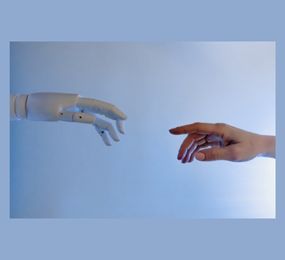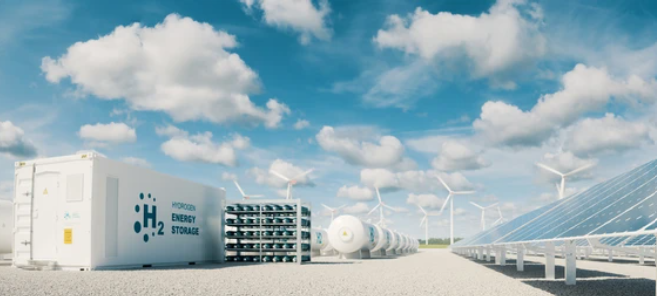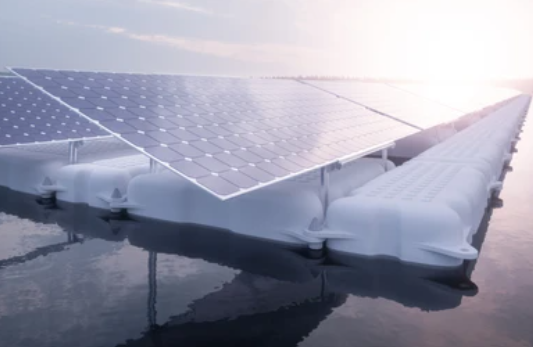Today's energy and communications landscape is changing at an almost continuous faster rate. Joint usage demands are increasing, particularly as 5G is being rolled out and tiny cell deployment has skyrocketed as a result. There are more and more new technologies emerging. Infrastructure is currently being tested due to the severity of severe weather events.
Due to all of these modifications, asset management has become a more challenging task that calls for effective and efficient data collection, processing, and comprehension. Having a precise, current image of your assets and plant is more important than ever.
A simulation model that combines virtual and digital twins is called a hybrid twin.
It's a smart plan. Physics-based simulation, also known as the "virtual twin", is frequently used to analyse the behaviour of systems and products. However, simulation has its limitations as a reality-emulation tool. It represents a product's idealised form. The digital twin is useful in this situation.
A hybrid twin model is an effective tool for product design and development. By incorporating machine learning and artificial intelligence, you may enhance and develop it further. A strategy like this will make it easier to create goods that are more effective, dependable, and resilient in the future.
The core advantages of hybrid digital twin technology can be distilled into a few distinct traits:
Efficiency: The hybrid digital twin can put pertinent asset data in front of anyone who needs to use it rather than requiring repeated excursions to the field to collect various sets of data. When you need it, the information is accessible.
Flexibility: The hybrid digital twin concept will allow utility management to model changes to the plants in order to estimate the likely impact of those changes, making it subsequently simpler to avoid real-time issues.
Accessibility: Any external party the asset owner chooses to share the data with can access a hybrid digital twin, as well as various internal departments.
Companies using simulation-driven product development benefit from the hybrid twin. Now that they can use their products in the real world, they can enhance their simulation models. They can increase innovation by using more precise simulations to make more informed judgements. They can more precisely validate the behaviours of products and systems, which lessens the need for prototyping and testing.
Do not miss the opportunity to join the Windpower Data and Digital Innovation Forum where we will be discussing data science and digitalization in wind energy that focuses on the data science methodologies and their applications in a growing field.
To register or learn more about the Forum please check here: https://bit.ly/3TJzA5b
For more information and group participation, contact us: [email protected]
Leadvent Group - Industry Leading Events for Business Leaders!
www.leadventgrp.com| [email protected]


